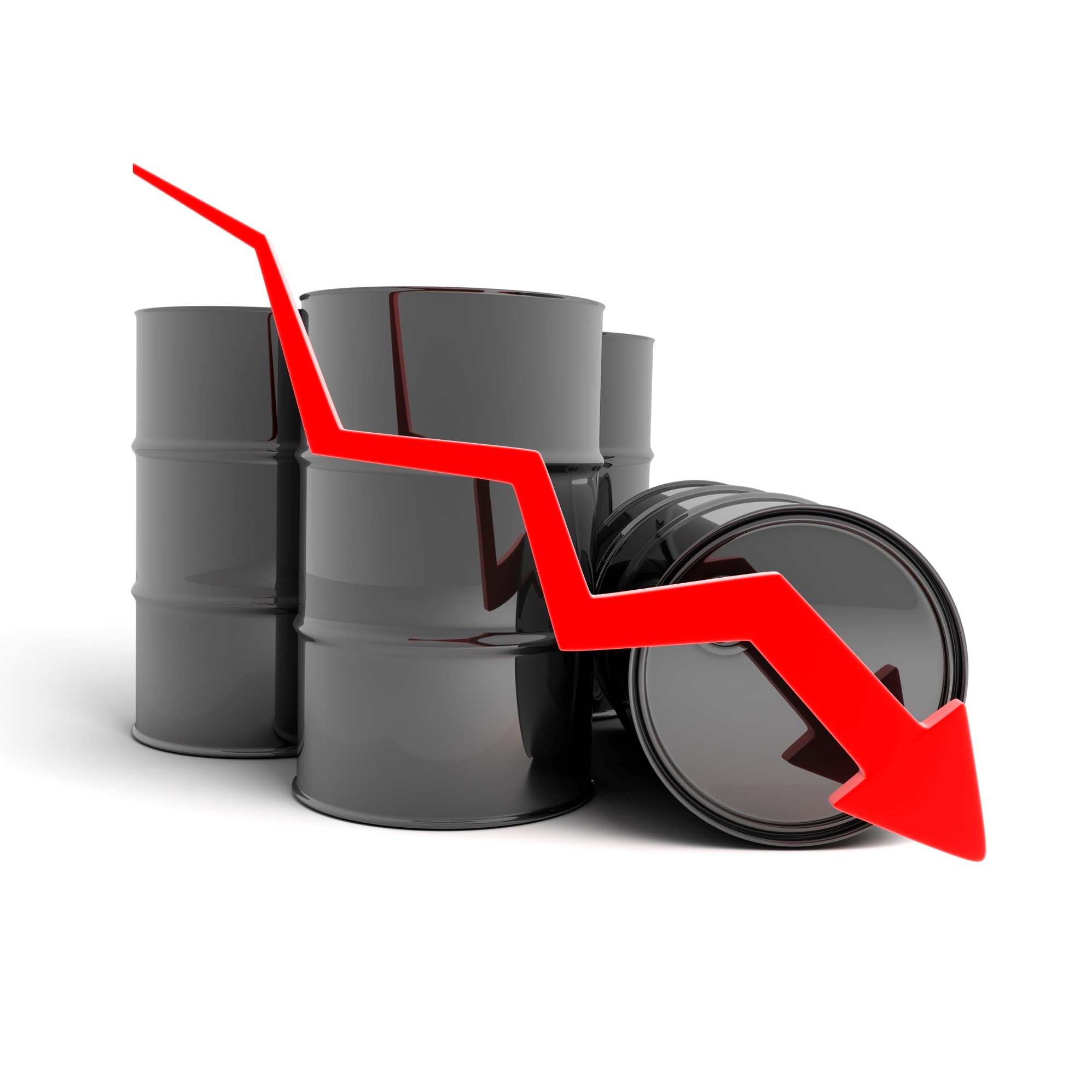
In a note to investors released Wednesday, analysts at Goldman Sachs lowered their average third-quarter price forecast for a barrel of West Texas Intermediate (WTI) crude oil from $55 to $47.50, citing an unexpectedly large increase in production from OPEC members Libya and Nigeria, both of which are exempt from the cartel’s production cuts, and continued growth in U.S. shale production.
Production cuts of 1.6 million barrels a day were agreed to last December among OPEC members and 11 partners, including Russia, and extended last month to run through the end of the first quarter of next year. But third-quarter production increases are now expected to offset the cuts and do little to lower the global inventory glut.
According to a report at CNBC, Goldman’s analysts said:
This creates risks that the normalization in inventories will not be achieved by the time the OPEC cut ends next March. We expect this will leave prices trading near $45 (a barrel) until there is evidence of a decline in the U.S. horizontal oil rig count, sustained stock draws or additional OPEC production cuts.
None of the analysts’ three conditions shows any sign of appearing. U.S. rig counts have continued to rise, although the pace of the increase has slowed. Because it takes about six months between the time a rig is added and when production begins, production through the end of the third quarter should continue to increase. In addition, there are nearly 6,000 drilled but uncompleted wells that could be put into production even more quickly, and break-even costs for drilling have fallen below $50 a barrel in nearly all major U.S. shale plays.
Drawdowns of global stockpiles have not been as rapid as Goldman’s analysts (or most others for that matter) expected. Partly that’s due to exports from Libya, Nigeria and the United States. Even the Chinese government’s lifting of a ban on imports from the country’s so-called teapot refiners has not reduced inventory levels much, and the Chinese continue to buy at the current low prices to build their strategic reserve.
Finally, further production cuts by OPEC and its partners are not on the table for discussion. Russia has as much as said that it will not cut production further, and unless Saudi Arabia can persuade Libya, Nigeria, Iran and Iraq to curtail production further, prospects remain dim for further cuts.
Goldman’s analyst called the current crude oil market “cyclically bullish within a structurally bearish framework.” In other words, crude prices will remain lower for longer despite occasional spikes. The analysts did note that inventories are falling, demand for crude remains high, OPEC could change its mind about further cuts, and U.S. producers could have second thoughts if costs rise. So far, however, the structural bears are beating up the cyclical bulls.
WTI crude oil for August delivery traded up about 1.3% late Friday morning, at $45.34 in a 52-week range of $42.06 to $58.30. Brent crude for September delivery traded up 1.3% as well at $48.17 a barrel.
Sponsored: Find a Qualified Financial Advisor
Finding a qualified financial advisor doesn’t have to be hard. SmartAsset’s free tool matches you with up to 3 fiduciary financial advisors in your area in 5 minutes. Each advisor has been vetted by SmartAsset and is held to a fiduciary standard to act in your best interests. If you’re ready to be matched with local advisors that can help you achieve your financial goals, get started now.
Thank you for reading! Have some feedback for us?
Contact the 24/7 Wall St. editorial team.


